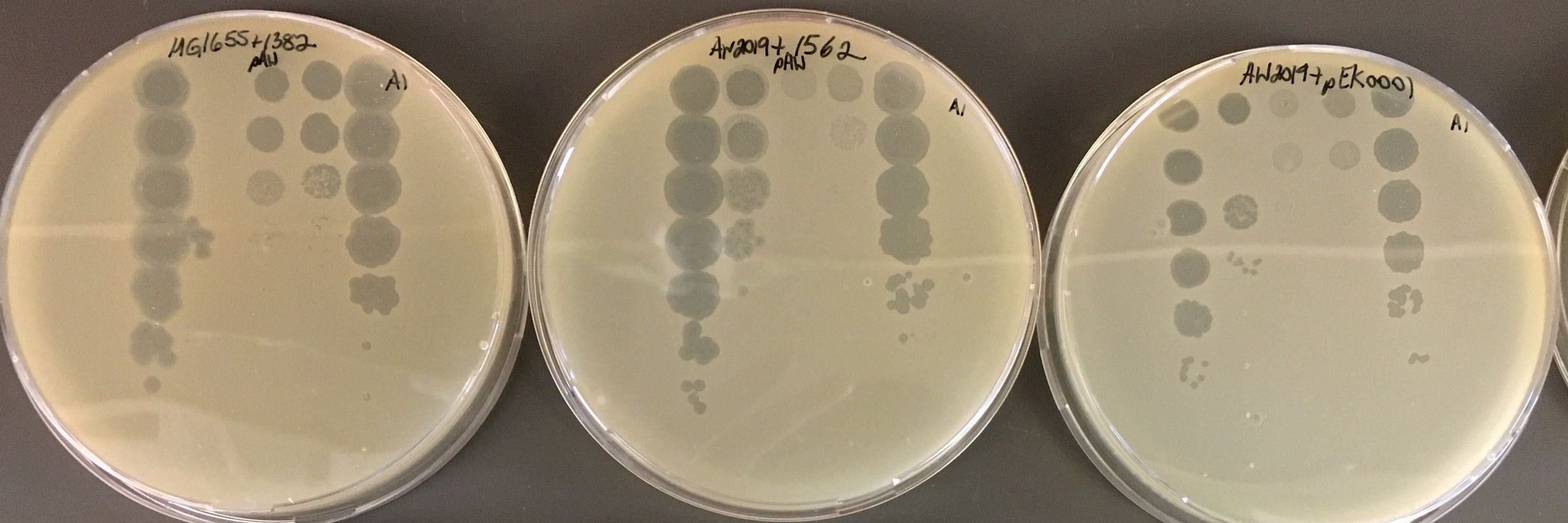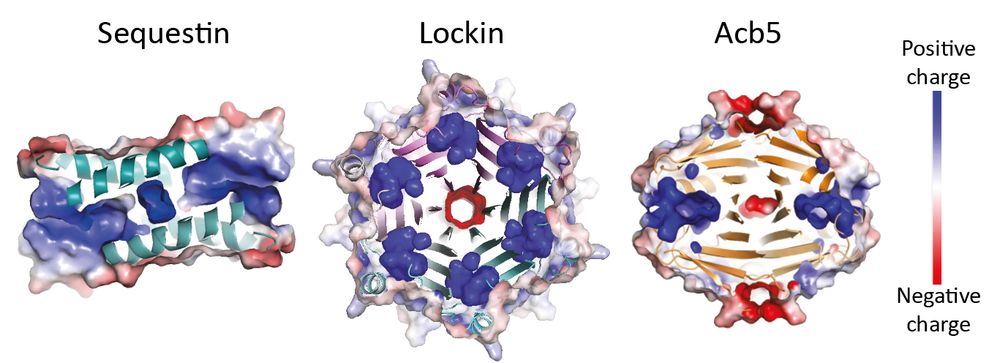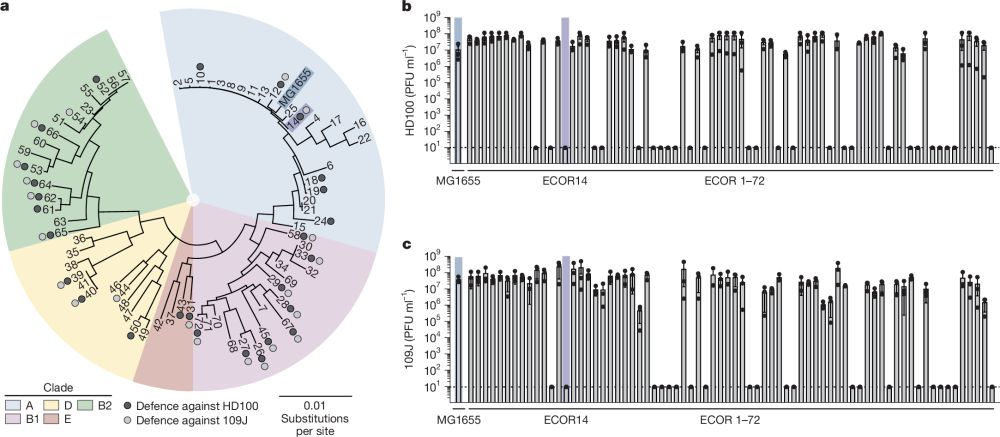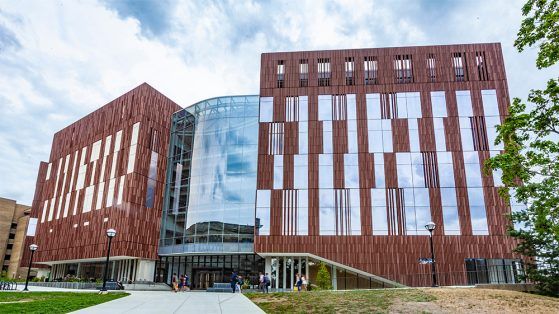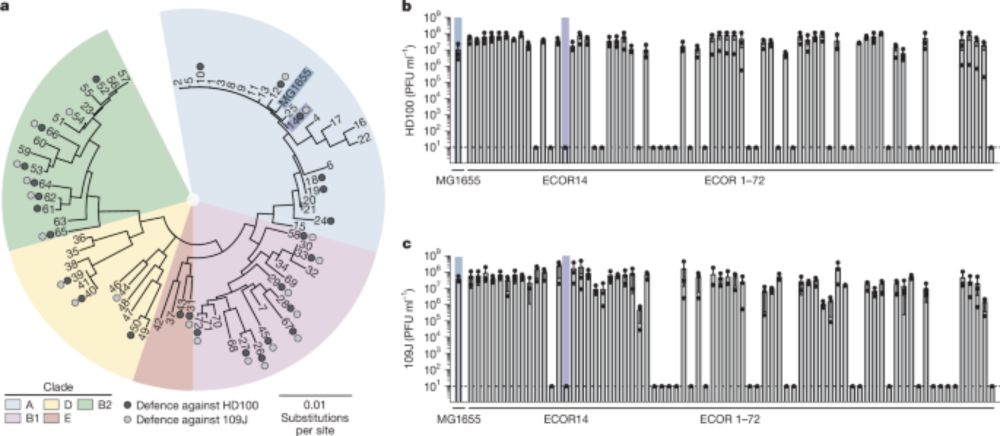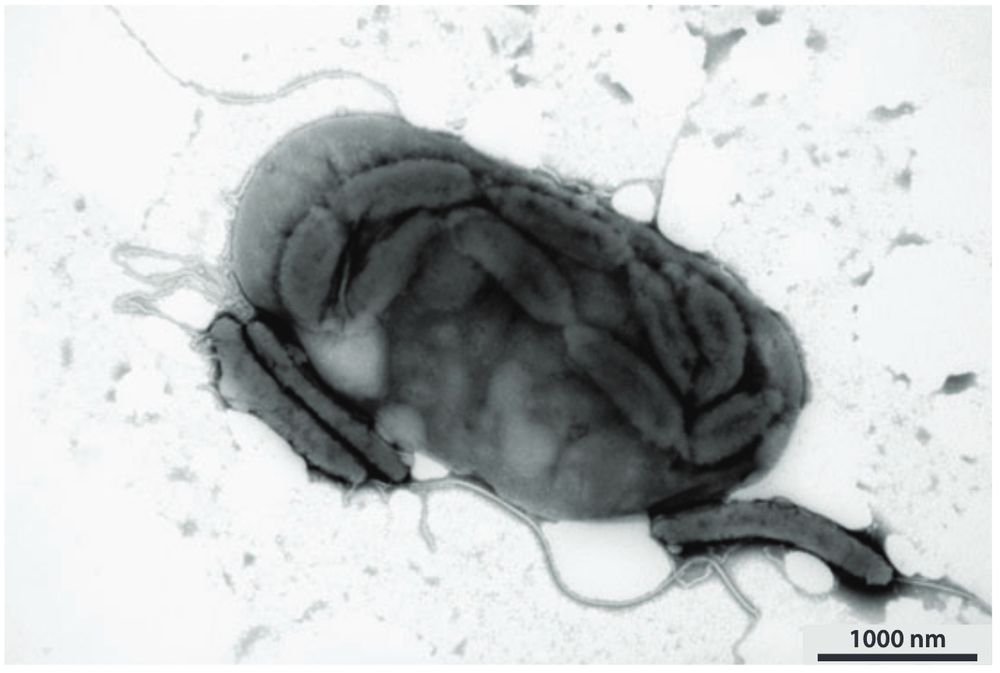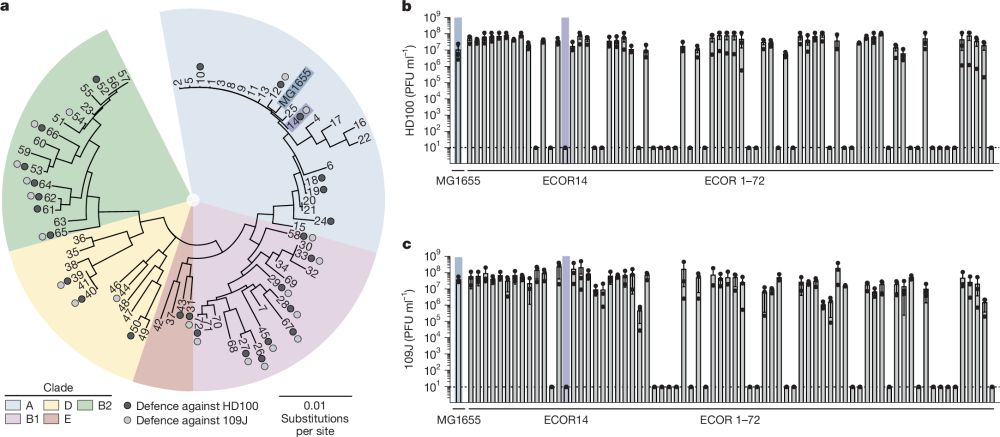Aaron Whiteley
@aaronwhiteley.bsky.social
1.2K followers
480 following
31 posts
Assistant Professor at the University of Colorado Boulder. Microbiologist. All-around nerd.
http://colorado.edu/lab/aaron-whiteley/
Posts
Media
Videos
Starter Packs
Reposted by Aaron Whiteley
Reposted by Aaron Whiteley
Erin Doherty
@erinedoherty.bsky.social
· Aug 22

Divergent viral phosphodiesterases for immune signaling evasion
Cyclic dinucleotides (CDNs) and other short oligonucleotides play fundamental roles in immune system activation in organisms ranging from bacteria to humans. In response, viruses use phosphodiesterase...
www.biorxiv.org
Reposted by Aaron Whiteley
Reposted by Aaron Whiteley
Aaron Whiteley
@aaronwhiteley.bsky.social
· Jul 12
Aaron Whiteley
@aaronwhiteley.bsky.social
· Jul 12
